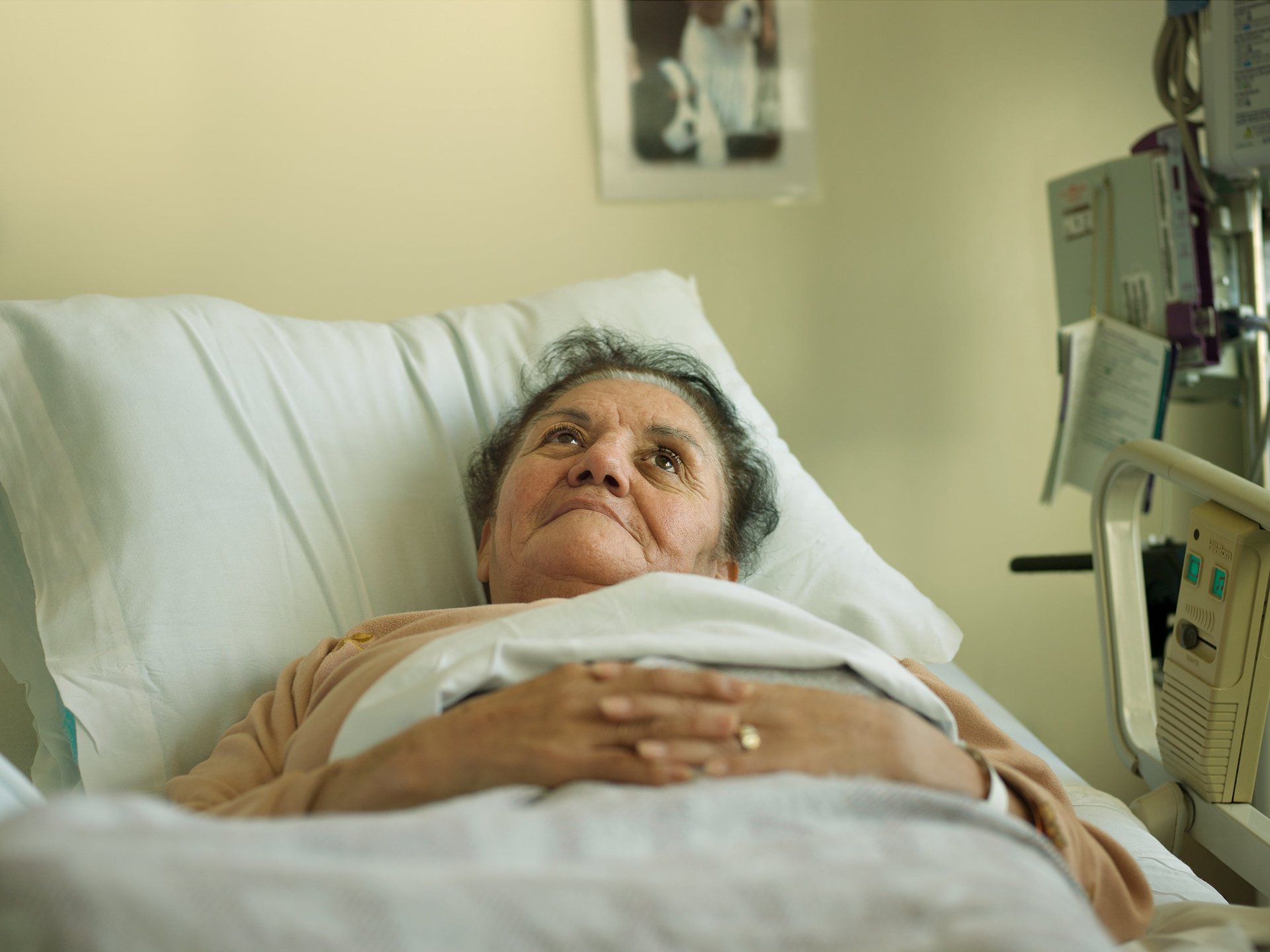What I learned about life after photographing people preparing to die
Two years ago, Andrew George set out to prove there can be beauty—power, even—when we accept our own transience, our own mortality.
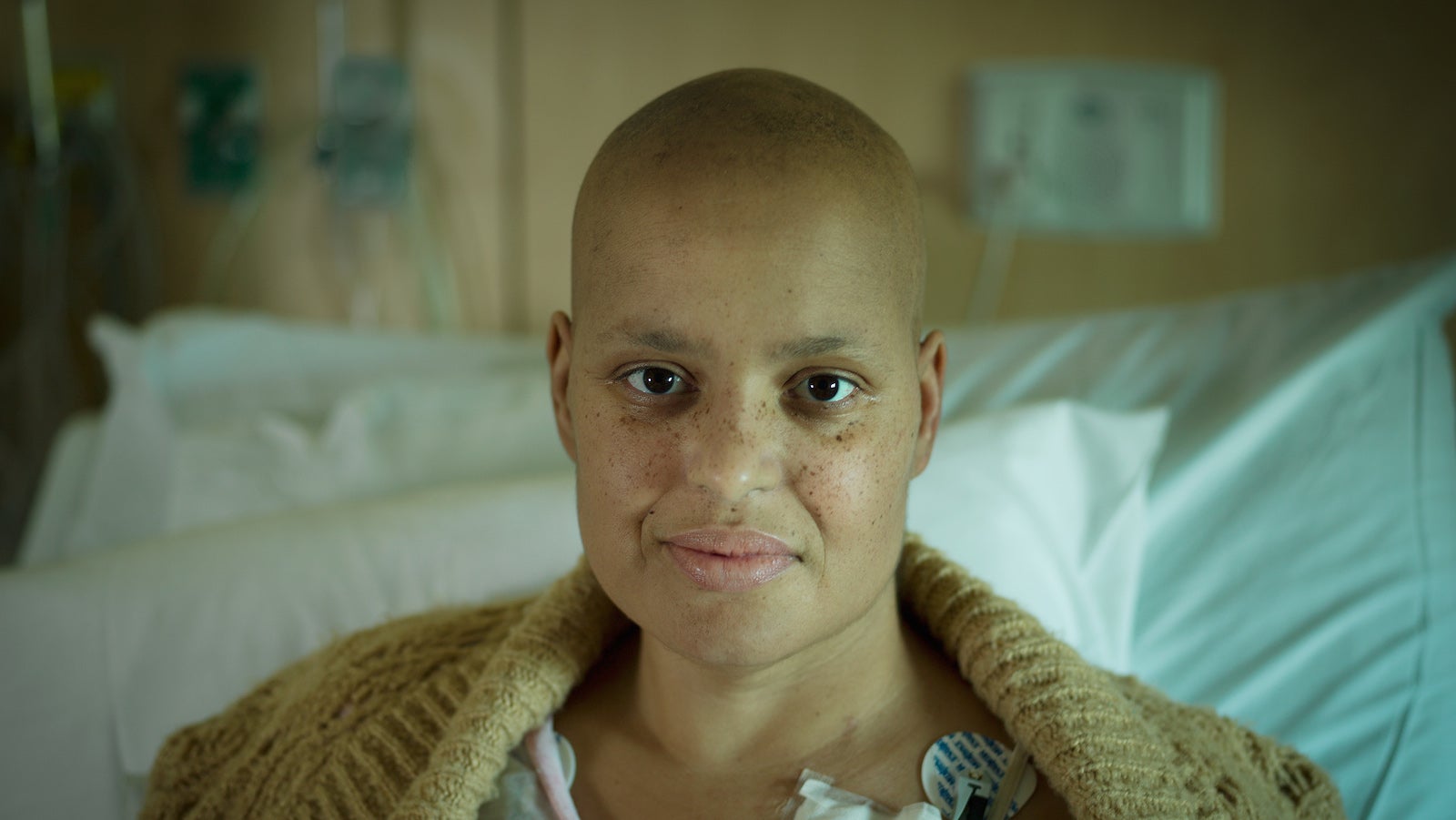

Two years ago, Andrew George set out to prove there can be beauty—power, even—when we accept our own transience, our own mortality.
Long drawn to what he calls the “accidental collaborations of mundane things,” the Los Angeles-based photographer started looking for a hospice where he might be able to learn from and photograph people in palliative care. Finally, Dr. Marwa Kilani at Providence Holy Cross Medical Center in Los Angeles agreed to give him access.
“Defying convention and the option of being a victim, the men and women in this project chose to turn around their lives in ways they had to figure out on their own, often without the help of anyone,” he told Quartz. “I admire the fortitude in that. They all, in varying degrees, have faced issues we all do or, eventually, will. However, they won’t be mentioned in history books for having done anything remarkable. Yet, the courage and grace to take stock of and own their lives has made them exceptional and brave. It would do us good to take inspiration from them.”
And “Right, Before I Die” was born. Eventually growing to 20 different portraits, they encompass both old and younger patients. The quality they all seem to share is their sense of internal peace.
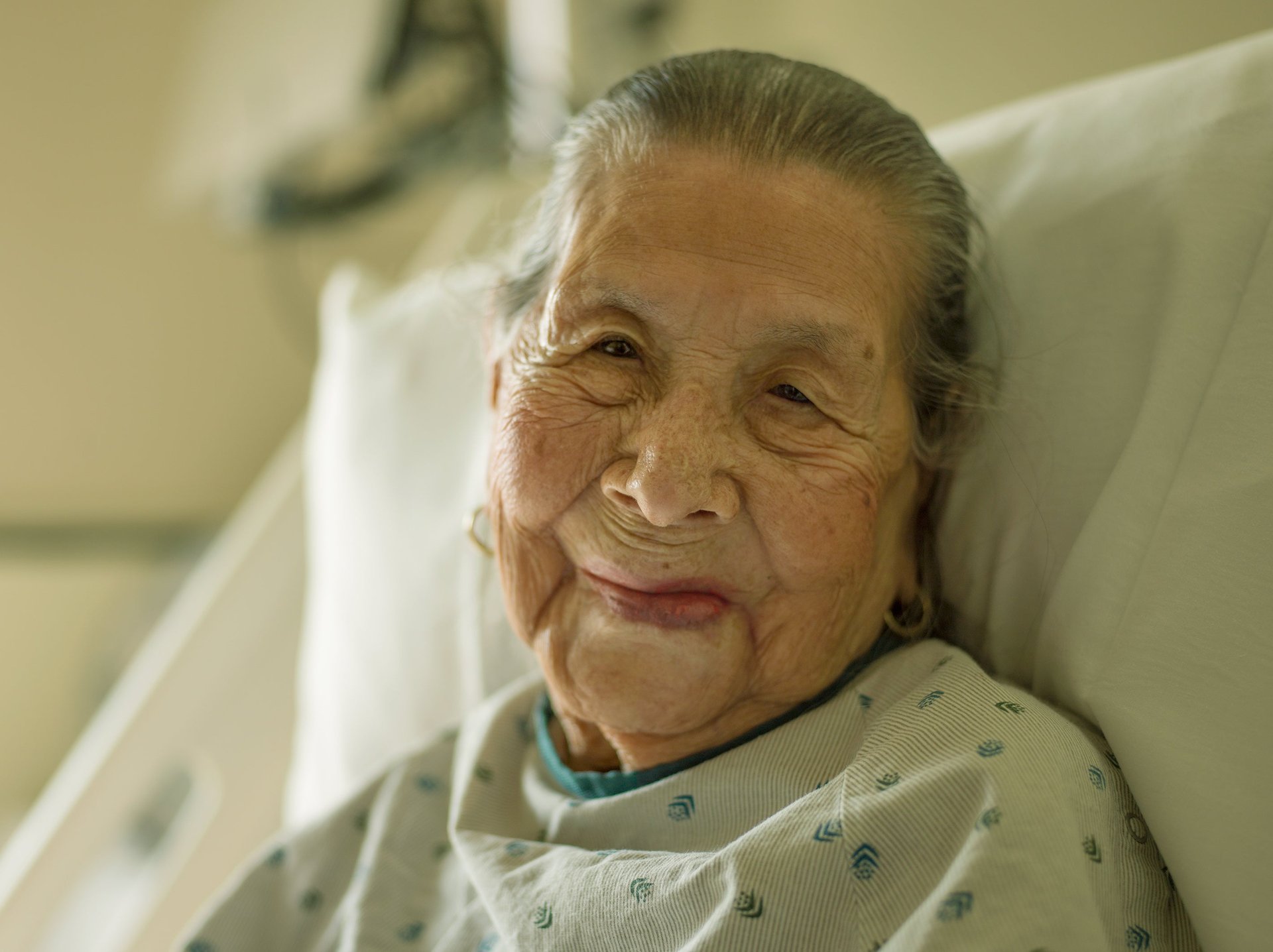
“My subjects had to be unremarkable people in order to make the point that we’re all terminal,” George said. “These individuals just happen to be officially so; the project is about us all and how we each choose to address this unavoidable truth.”
Kilani helped George find patients willing to share what they had learned. “Finding beauty in the sterility of a hospital environment is not simple,” said Kilani in 2014. ”But the challenge of the seeming monotony makes his images so powerful.”
George said that he was struck time and again by the courage of his subjects. “Many led incredibly difficult lives with obstacles that, for good reason, could easily have destroyed them. Instead, defying convention and the option of being a victim, the men and women in this project chose to turn around their lives in ways they had to figure out on their own, often without the help of anyone.”


America, like many Western countries, is a rapidly aging nation. According to the US Census Bureau, by 2050 there will be an estimated 83.7 million Americans over the age of 65. At the same time, the average life expectancy continues inching up. The trend is also true worldwide. By 2050, according to the United Nations’ 2013 World Population Ageing report, there will be more than 2 billion people over the age of 60, surpassing the number of children for the first time in 2047. And while it’s great that everyone is living comparably longer lives, the report notes that not surprisingly, “the prevalence of non-communicable diseases and disability increase as populations age.”
Palliative care specialists believe the medical community must prepare itself for an ever-growing community of patients. This means being able to improve patients’ quality of life, but not necessarily their condition.
“I tend to think that I don’t prolong people’s lives in the sense that I don’t deliver the curative medicine; I deliver the quality-of-life medicine—and if that does prolong a person’s life, that’s wonderful,” Providence’s Kilani, long an advocate for end-of-life care, told the Los Angeles Times in 2011.
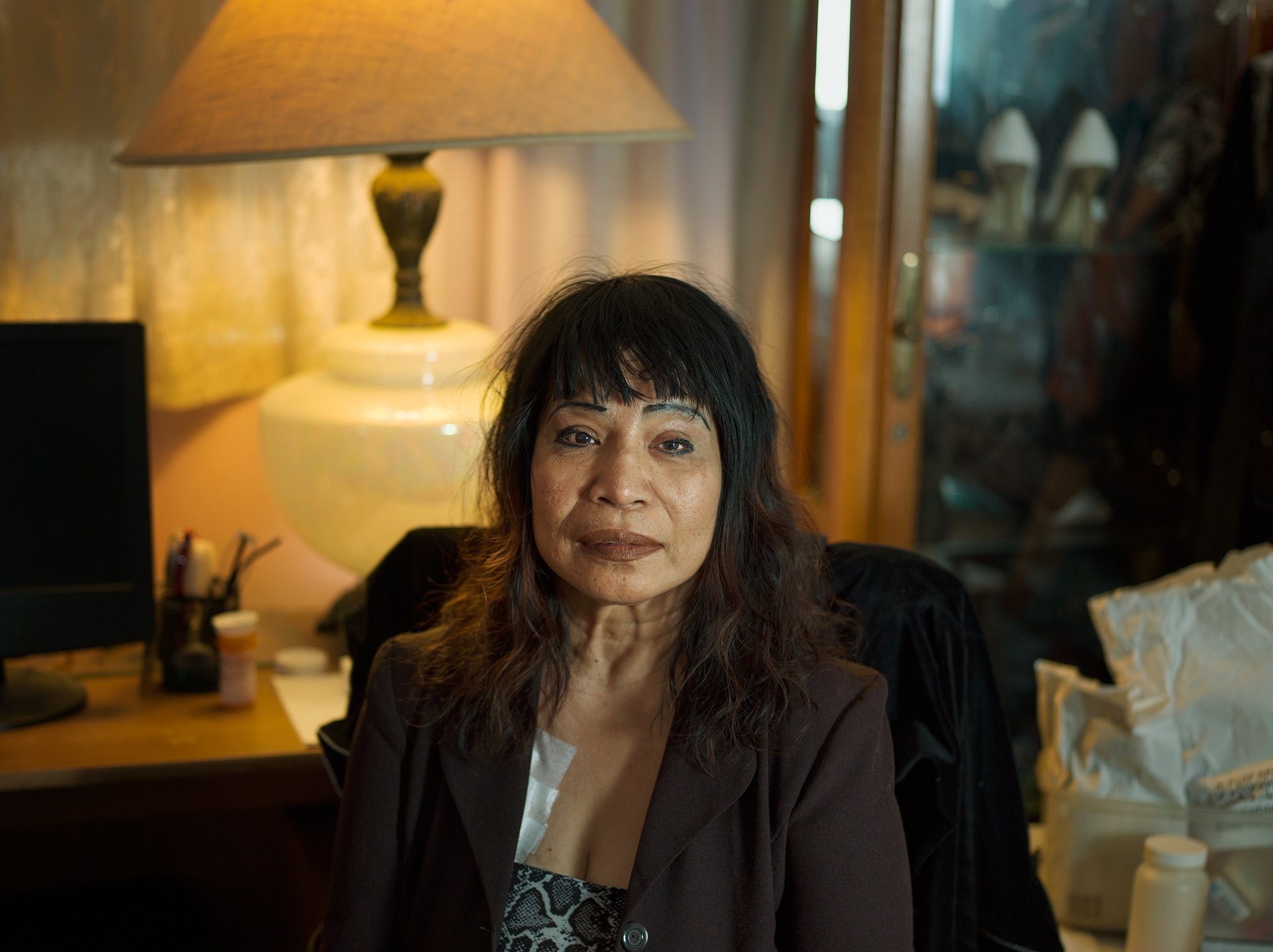
Not everyone is able to accept death in this way, George admitted. Those who can, however, may be able to find a sense of empowerment previously inaccessible to them. “I can’t blame anyone for choosing not to examine their own lives—it is truly one of the most difficult things we can do,” he notes. “That said, in the thousands of comment threads and letters I’ve received, I’ve had an overwhelmingly positive response, surprisingly, from many young people in the prime of their lives. I truly believe that in addressing our own mortality we hold the key to improving our lives.”
Interviews and photos collected by George are currently on display in the museum Sint-Janshospitaal (Saint John’s Hospital) of Bruges, Belgium, through June 28th. A former medieval hospital, the museum’s website states that visitors from nearly 150 countries have viewed George’s work either online or in print, and there are already plans to take the exhibit to other locations around the world. The Brugge exhibit ends with a large mirror on the wall—an invitation, said George, for a moment of self-reflection.
“Imagine if we could learn to be more honest with ourselves, earlier in our lives,” he said, “not waiting until the end to lift this great burden of emotional weight? We would learn to be much less afraid of death, and more importantly, less afraid of life.”
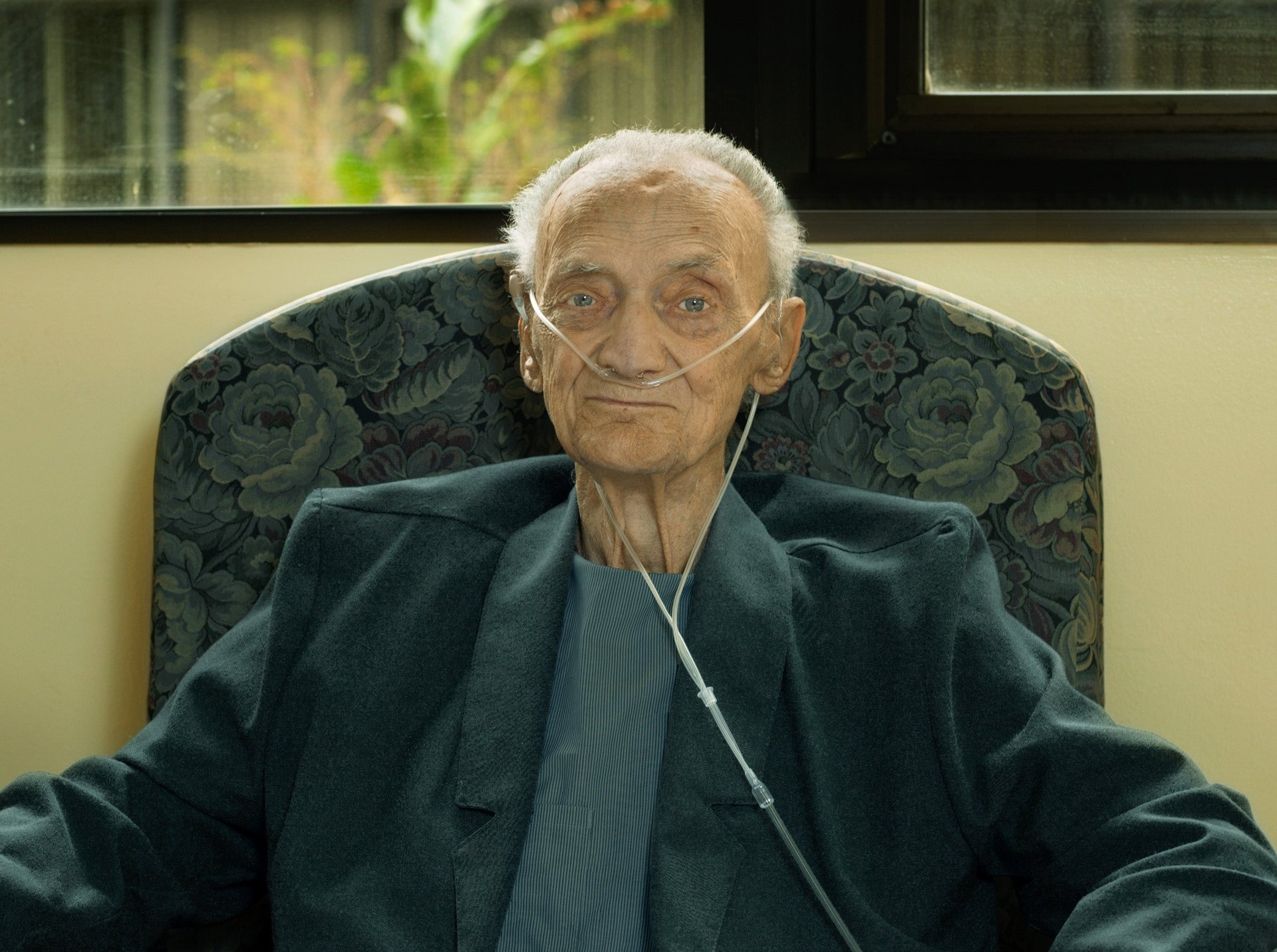
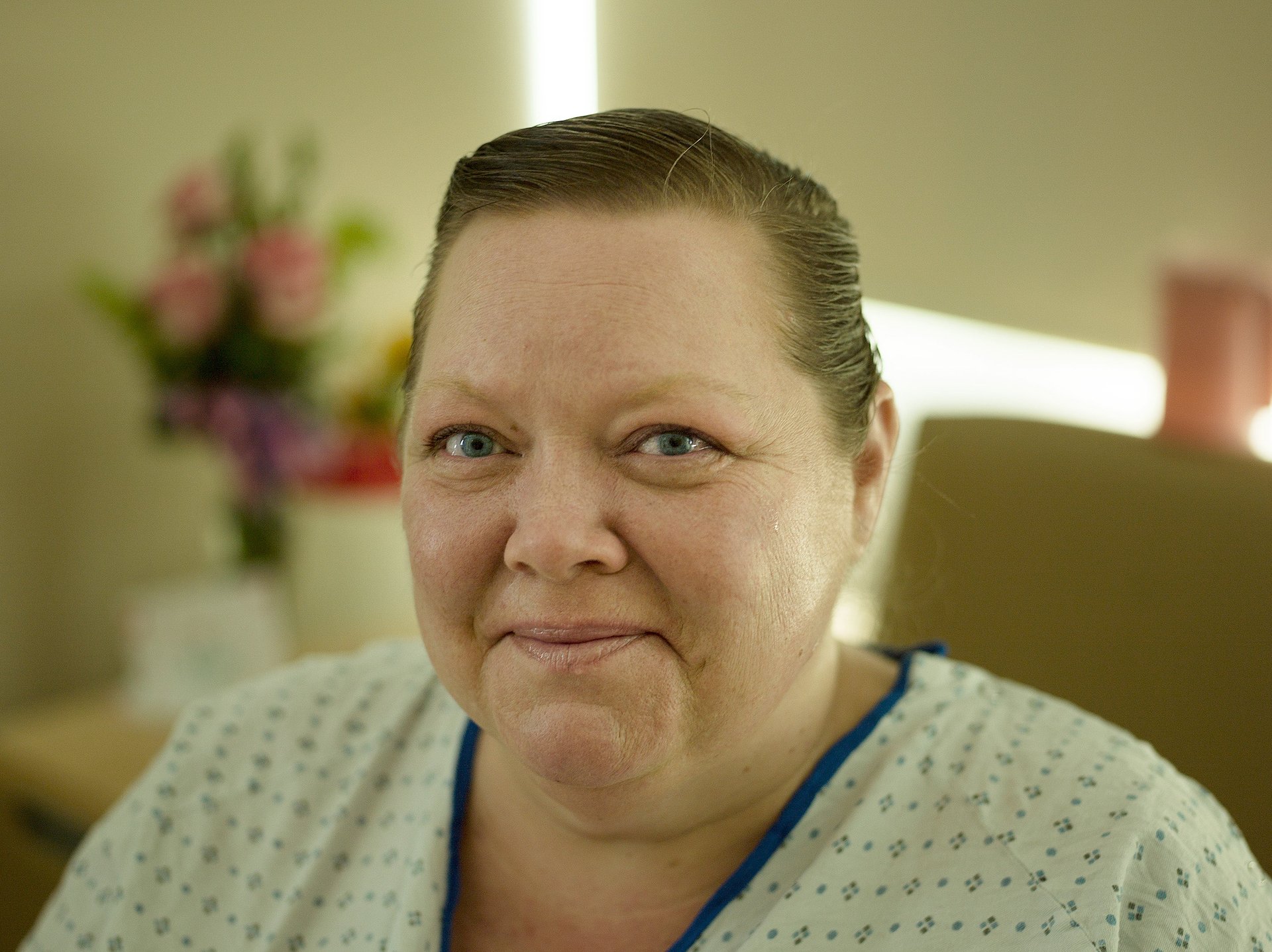
Hopefully, George’s work will also help raise awareness of the benefits of palliative care, especially in developing countries. Many physicians around the world still treat end-of-life pain management as an admission of defeat. “Modern principles of pain relief and palliative care still aren’t taught to medical students in 80% of the world,” Dr. M.R. Rajagopal, a palliative care physician in India, has noted in the New England Journal of Medicine.
George’s hope is that his project will open people’s eyes to the liberating benefits of treating death as an inevitability, not a tragedy.
“Something remarkable happened the other day,” George said. “One of the women I photographed, Odis, learned of the project the day before she died. Her daughter called me to ask for a photograph and I mentioned the international response to the site, the book and now the exhibition, and how her mother’s picture and words had been seen by and inspired thousands of people around the world. I asked her to please mention this to her mother. When she did, Odis smiled. She passed away later that day.”
